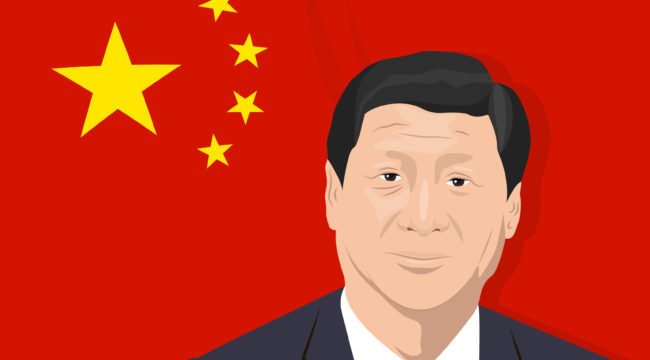
Prepare for a Chinese Maxi-devaluation
China is a relatively open economy; therefore it is subject to the impossible trinity. China has also been attempting to do the impossible in recent years with predictable results.
Beginning in 2008 China pegged its exchange rate to the U.S. dollar. China also had an open capital account to allow the free exchange of yuan for dollars, and China preferred an independent monetary policy.
The problem is that the Impossible Trinity says you can’t have all three. This model has been validated several times since 2008 as China has stumbled through a series of currency and monetary reversals.
For example, China’s attempted the impossible beginning in 2008 with a peg to the dollar around 6.80. This ended abruptly in June 2010 when China broke the currency peg and allowed it to rise from 6.82 to 6.05 by January 2014 — a 10% appreciation.
This exchange rate revaluation was partly in response to bitter complaints by U.S. Treasury Secretary Geithner about China’s “currency manipulation” through an artificially low peg to the dollar in the 2008 – 2010 period.
After 2013, China reversed course and pursued a steady devaluation of the yuan from 6.05 in January 2014 to 6.95 by December 2016. At the end of 2016, the Chinese yuan was back where it was when the U.S. was screaming “currency manipulation.”
Only now there was a new figure to point the finger at China. The new American critic was no longer the quiet Tim Geithner, but the bombastic Donald Trump.
Trump had threatened to label China a currency manipulator throughout his campaign from June 2015 to Election Day on November 8, 2016. Once Trump was elected, China engaged in a policy of currency war appeasement.
China actually propped up its currency with a soft peg. The trading range was especially tight in the first half of 2017, right around 6.85.
…click on the above link to read the rest of the article…